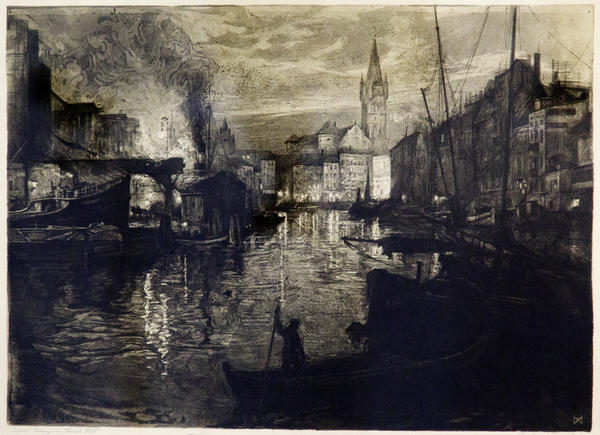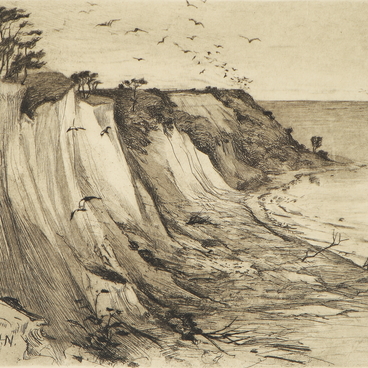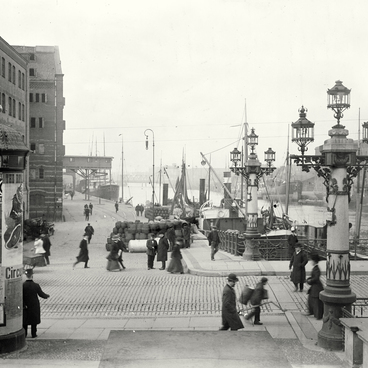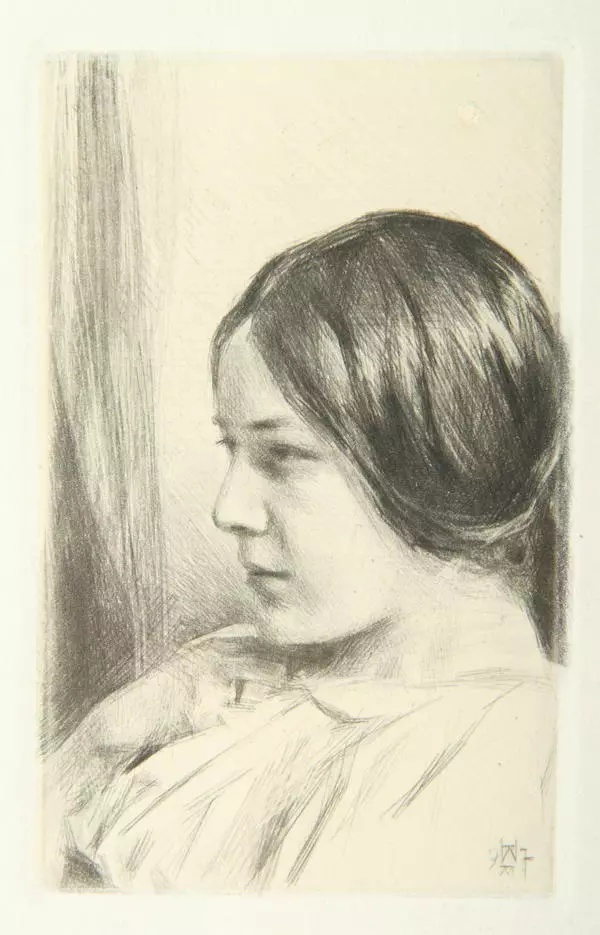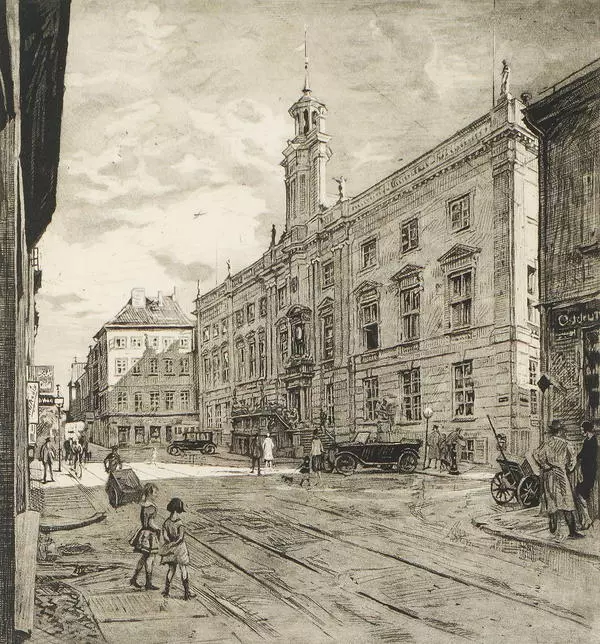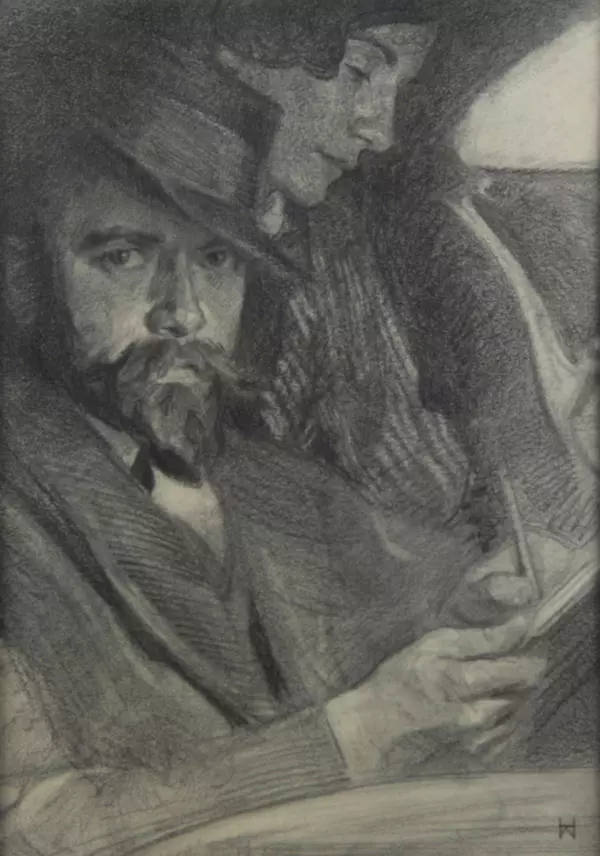Heinrich Wolff (1875—1940) was a highly sought graphic artist, professor of the Koenigsberg Academy of Arts and favourite of the European public that loved his etchings for their technique and expression. He painted portraits and genre scenes, architectural landscapes and cityscapes. Wolff studied in the Berlin Academy of Arts and later in Munich where Peter Halm, a famous German graphic painter and Rembrandt’s admirer, was his teacher.
Koenigsberg. Hundegatt
Время создания
1908
Размер
30x42 cm
Техника
Paper, etch, aquatint
3
Открыть в приложении#1
Heinrich Wolff
Koenigsberg. Hundegatt
#3
#4
The 1880s was the time of flourishing of graphic arts in Germany. Etchings once again became the center of attention. Earlier it was used for creating copies of famous paintings and sketches. Wolff quickly became famous as one of the best masters of printmaking. Life circumstances encouraged his hobby. The painter suffered from color-blindness and colouristic possibilities of painting were beyond his reach.
Wolff was a master of various techniques but he especially liked aquatint. The painter used it while working on the Hundegatt graphic list. Aquatint is a type of etching and reminds of a gentle ink or aquarelle painting. Wolff valued it for an extraordinarily rich tonal range. To get an image, the picture made on tracing paper was carried over to the surface of a metal board. After that, it was etched with acid in order to make the pattern deeper and sprinkled with tar powder which created the similarity with aquarelle.
#5
Hundegatt is one of the most important works by Wolff which among others made him famous in Koenigsberg. This cityscape was created in 1908. He depicted a view of the Royal Castle, which was a symbol of East Prussia and stood in the city for over seven centuries. It was completely destroyed in the post war period. Hundegatt was a channel connecting the ducts of the New and Old Pregel.
#6
In his work, Wolff used different types of hatching – this allowed him to emphasize the details of the landscape. The painter made deep shades and light ripples at the forefront. The image was very realistic. Wolff did not lose a single detail. Smoke coming from the pipe of a small boat, light on the water, walls and roofs of the buildings were depicted with scrupulosity in his usual manner.
#7
Kaliningrad Regional Museum of Fine Arts
читать дальшескрыть
00:00
00:00
1x
Koenigsberg. Hundegatt
Время создания
1908
Размер
30x42 cm
Техника
Paper, etch, aquatint
3
Открыть в приложении
Поделиться

